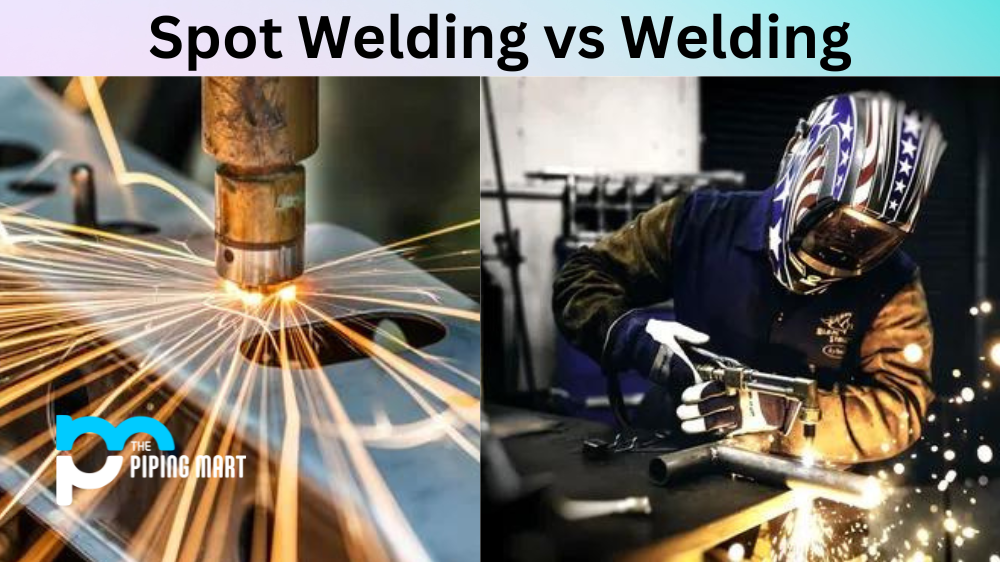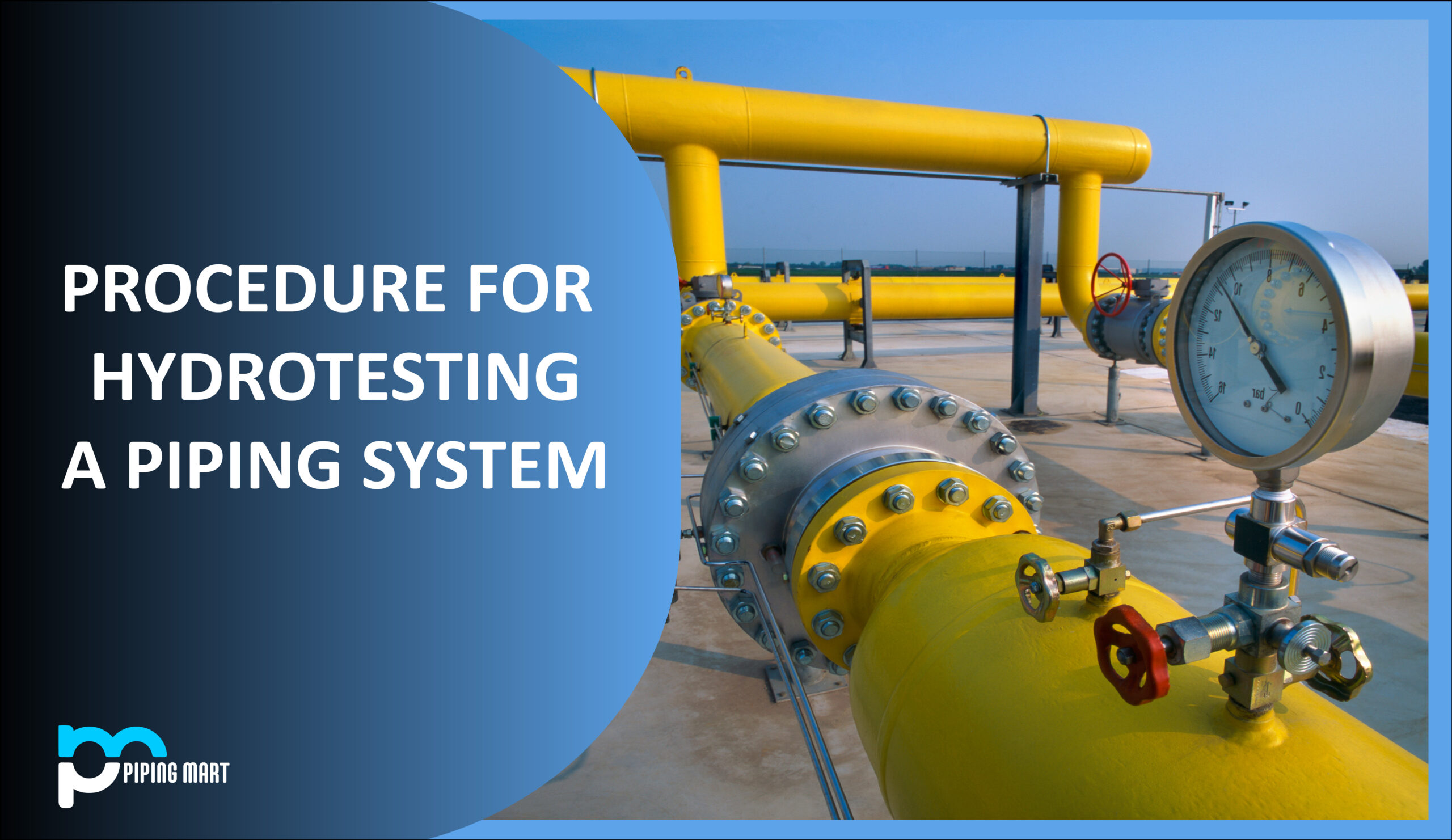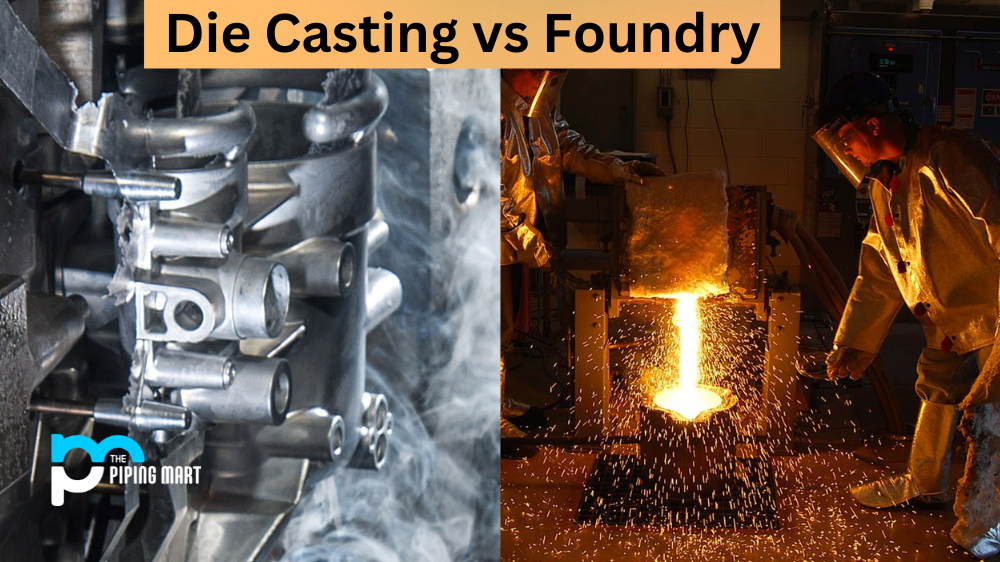Corrosion is a common problem in various industries, including construction, manufacturing, and transportation. Two common types of corrosion are galvanic corrosion and oxidation. These two processes may sound similar but differ in many ways. Understanding the differences between galvanic corrosion and oxidation is vital in selecting corrosion prevention techniques. This article will discuss the characteristics of galvanic corrosion and oxidation, their differences, and how to prevent them from damaging your equipment and infrastructure.
What is Galvanic Corrosion?
Galvanic corrosion is an electrochemical process between two different metals in the presence of an electrolyte. An electrolyte is a solution that can conduct electricity, and it is usually water or any other natural or man-made liquid that contains ions. When two different metals are in contact with each other in an electrolyte, the metal with the higher anodic potential corrodes more quickly than the one with, the lower potential. The corrosion of the metal with higher potential creates an electric current that flows through the electrolyte to the metal with lower potential until the current equalizes the possibilities of the two metals. This process causes metal loss, weakening the material’s integrity and sometimes causing structural failure.
What is Oxidation?
On the other hand, oxidation is a chemical process that converts a substance to a different compound by adding oxygen to the molecule, making it more stable. When metals react with air or oxygen, they undergo a slow oxidation process that forms metal oxides. Metal oxides are usually less reactive than the original metal, making them more corrosion-resistant. However, oxidation reacts with metals at a slow rate, meaning that it can be a slow and gradual process.
Difference Between Galvanic Corrosion and Oxidation
Galvanic corrosion is different from oxidation in many ways. While galvanic corrosion is an electrochemical process, oxidation is a chemical process. Galvanic corrosion requires two dissimilar metals in contact with each other, but oxidation can occur with a single metal reacting to air or oxygen. Galvanic corrosion is a fast process that can quickly cause metal loss and structural failure, while oxidation is a slow process that gradually forms metal oxides over time. Although both methods lead to corrosion, they differ and require different prevention techniques.
To prevent galvanic corrosion, it’s essential to separate dissimilar metals through insulation or coatings that prevent them from coming into contact with each other in an electrolyte. Using compatible metals, painting or coating, or electroplating the metal surface can also help prevent galvanic corrosion. On the other hand, preventing oxidation involves limiting the metal’s contact with air or oxygen through coating or painting, galvanizing, or alloying the metal with other elements that can resist oxidation.
- Galvanic corrosion is a type of corrosion that occurs when two dissimilar metals are in contact with each other in the presence of an electrolyte.
- Oxidation is a type of corrosion that occurs when a metal is exposed to oxygen.
- Galvanic corrosion is more likely to occur when there is a large surface area of contact between the two metals.
- Oxidation is more likely to occur when there is a small surface contact area between the metal and the oxygen.
- Galvanic corrosion can be prevented by using a barrier between the two metals, such as paint or a coating.
- Oxidation can be prevented by using a barrier between the metal and the oxygen, such as paint or a coating.
Conclusion
In conclusion, understanding the differences between galvanic corrosion and oxidation is essential in selecting corrosion prevention techniques. Galvanic corrosion is an electrochemical process between two different metals in contact with each other in an electrolyte. At the same time, oxidation is a slow chemical process that reacts with air or oxygen to form metal oxides. To prevent galvanic corrosion, separate dissimilar metals, use compatible metals, or apply a protective coating. To prevent oxidation, limit the metal’s contact with air or oxygen through galvanizing, coating or painting, or alloying the metal with other elements to resist oxidation. By taking the appropriate prevention measures, you can protect your equipment and infrastructure from the damaging effects of corrosion.

Abhishek is a seasoned blogger and industry expert, sharing his insights and knowledge on various topics. With his research, Abhishek offers valuable insights and tips for professionals and enthusiasts. Follow him for expert advice on the latest trends and developments in the metal industry.




